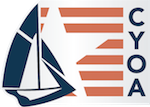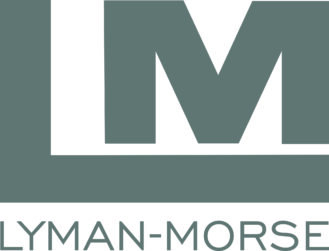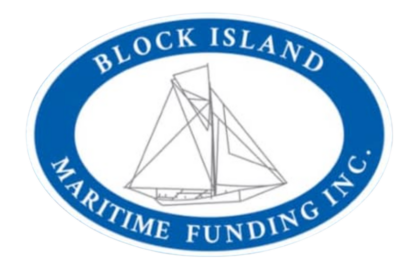The Classic Rating Formula (CRF) was first developed in the 1980’s to encourage participation in classic yacht racing by providing a rating system that was tailored to suit the unique characteristics of those boats. After decades of both increasing interest and resulting pressure on the ratings that were produced, a newly formed Classic Yacht Owners Association (CYOA) recognized that it was time to take a fresh look at the details of the system used. A technical committee was formed not only to evaluate CRF as it was, but also to consider alternatives such as Europe’s CIM, PHRF, and even a sophisticated VPP based system. In the end, the committee decided that the best approach would be to fundamentally rework CRF, and the result of this effort, then dubbed CRF MkII, debuted at the start of the 2017 classic racing season.
The current version of CRF maintains continuity with its original form by keeping a similarly firm focus on providing fair racing for classic yachts, and by keeping it ‘user friendly’ by embracing the use of owner declared data rather than requiring official measurers. Most (but not quite all) of the required data declarations for CRF now are the same as those needed by its original form, the ratings of most boats relative to others in the classic fleet have remained similar.
Going forward, the primary goals of CRF are to refine the rating formulae annually, based on careful quantitative analysis of race results after each season, and to maintain full transparency in the way the ratings are generated. All of the formulae and factors used in calculating a CRF rating are published on- line (see below), and there are no subjective adjustments made to ratings. It is a straightforward ‘data in and ratings out’ calculation for all boats, and the only human involvement in the process is a review of the data declared on-line to assure that it reasonably reflects the characteristics of the boat as she will be presented on the starting line.
For those without the time or inclination to wade through the published factors and formulae, the following short summary of how ratings are calculated may be helpful:
- A ‘base rating’ is calculated first. Its most important initial term carries the performance drivers of effective sailing length ‘L’ and the square root of rated sail area ‘S’ in the numerator, and the performance limiter of displacement ‘DSPS’ in the denominator, much as in Nathaniel Herreshoff’s Universal Rule did in the early 1900’s and IOR 60 did years later. The calculations for effective sail area include factors for rig type (sloop, yawl, etc.) and for standing rigging material. This first term is then adjusted by a Draft Correction ‘DC’, a Length/Beam Ratio Correction ‘LBRC’, and a Stability Correction ‘StabC’.
- The final rating is calculated by applying Propeller, Displacement/Length, Sail Area/Displacement, Keel Type, Spar Material, and Moveable Appendage factors to the base rating.
The current formulae and factors used in calculating CRF ratings:








